
Kód: 04520546
History of the County of Gloucester
This volume covers a complex area of west Gloucestershire, with a core of formerly extra parochial, royal demesne land of the Forest of Dean and a periphery of 14 parishes. Although some of them, including English Bicknor on the W ... celý popis
- Jazyk:
 Angličtina
Angličtina - Vazba: Pevná
- Počet stran: 484
Nakladatelství: Oxford University Press, 1996
- Více informací o knize

3015 Kč
Dostupnost:
50 % šance Máme informaci, že by titul mohl být dostupný. Na základě vaší objednávky se ho pokusíme do 6 týdnů zajistit.
Máme informaci, že by titul mohl být dostupný. Na základě vaší objednávky se ho pokusíme do 6 týdnů zajistit.Prohledáme celý svět
Mohlo by se vám také líbit
-

Competition in the Railway Industry
2986 Kč -

Company Law
3882 Kč -

Rules of an Engagement
221 Kč -

Cambridge Companion to Postcolonial Literary Studies
1230 Kč
Dárkový poukaz: Radost zaručena
- Darujte poukaz v libovolné hodnotě a my se postaráme o zbytek.
- Poukaz se vztahuje na celou naši nabídku.
- Elektronický poukaz vytisknete z e-mailu a můžete ihned darovat.
- Platnost poukazu je 12 měsíců od data vystavení.
Informovat o naskladnění knihy
Zadejte do formuláře e-mailovou adresu a jakmile knihu naskladníme, zašleme vám o tom zprávu. Pohlídáme vše za vás.
Více informací o knize History of the County of Gloucester
Nákupem získáte 302 bodů
 Anotace knihy
Anotace knihy
This volume covers a complex area of west Gloucestershire, with a core of formerly extra parochial, royal demesne land of the Forest of Dean and a periphery of 14 parishes. Although some of them, including English Bicknor on the Wye and Awre on the Severn, were settled by 1086, others emerged later from assarts in the Forest woodland and waste: at Newland a church founded c. 1200 served a large tract with many dispersed parts, Flaxley parish was cre-ated as the endowment of a Cistercian abbey in the mid 12th century, and Hewelsfield was reconstituted about then. Clearance of woodland was reversed in Staunton in the early 19th century when much farmland was planted with timber. At St Briavels, overlooking the Wye, a royal castle became in the early Middle Ages the centre for enforcing the forest law, which until 1668 obtained in much of the parochial land. The apparatus of officers and courts headed by the castle's constable was later supplemented when the crown's administration was re-directed to maintaining the royal woodland for shipbuilding timber and to combating the pressures on it of commoning, mining, ironworking, and squatting. Mitcheldean, the chief medieval market town, was later supported also by industries including clothmaking, pinmaking, and brewing; Coleford became the main commercial centre west of the Forest after securing a market and fairs in 1661. Despite important landed estates and strong resident gentry families, small free- holdings, often carried on with a trade or craft, characterized much of the area, notably Littledean, Ruardean, and Blakeney. Few parts were untouched by industry, particularly by mining and by ironworking, carried on from the early 17th century at Alvington, Abenhall, Lydbrook, Lydney, and elsewhere. Later there were also paper, copper, and tinplate works, and tanneries. In the absence of good roads, local industry was served mainly by rivers; trade on the Wye was based before the 19th century at Brockweir. In the early 19th century a new harbour at Lydney became the main outlet to the Severn, and, later encouraged also by railways, that town's industry prospered. The extraparochial Forest was permanently settled only from the mid 18th century when squatting began the growth of over 20 villages and hamlets, and later the new town of Cinderford. After tramroads and rail-ways opened up its coalfield, the central Forest became a complex industrial region. The character of its inhabitants, formed partly by their struggle t
 Parametry knihy
Parametry knihy
Zařazení knihy Knihy v angličtině Humanities History Regional & national history
3015 Kč
- Plný název: History of the County of Gloucester
- Podnázev: Volume V: Bledisloe Hundred, St. Briavels Hundred, The Forest of Dean
- Jazyk:
 Angličtina
Angličtina - Vazba: Pevná
- Počet stran: 484
- EAN: 9780197227879
- ID: 04520546
- Nakladatelství: Oxford University Press
- Hmotnost: 666 g
- Rozměry: 305 × 208 × 15 mm
- Datum vydání: 01. January 1996
Oblíbené z jiného soudku
-

Hundred Years' War on Palestine
356 Kč -

Ethnic Cleansing of Palestine
378 Kč -

History of Japan
403 Kč -

Ten Myths About Israel
341 Kč -

Strange Death of Europe
433 Kč -

Decline and Fall of the Roman Empire
139 Kč -
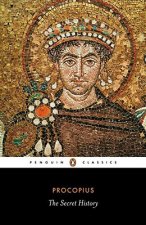
Secret History
303 Kč -

God's Playground A History of Poland
1700 Kč -
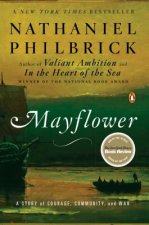
Mayflower
401 Kč -

How to be a Victorian
302 Kč -

Plantagenets
356 Kč -

General's Son
424 Kč -

Iran: A Very Short Introduction
283 Kč -
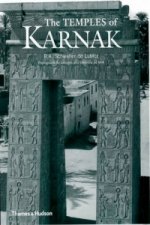
Temples of Karnak
3798 Kč -

Cuneiform
276 Kč -
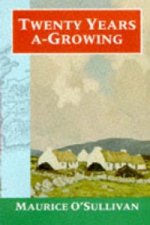
Twenty Years A-Growing
249 Kč -

China in Africa
906 Kč -

Bohemian Paris
415 Kč -
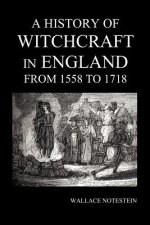
History of Witchcraft in England from 1558 to 1718
460 Kč -

Islandman
311 Kč -

Lancaster And York
493 Kč -
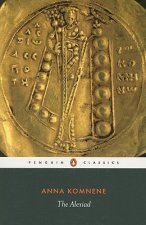
Alexiad
440 Kč -

Modern France: A Very Short Introduction
336 Kč -

Inside Hitler's Greece
518 Kč -

Diana: Her True Story - In Her Own Words
323 Kč -

The Fourth Turning
476 Kč -

The Oxford History of Ancient Egypt
383 Kč -

Churchill: The Power of Words
433 Kč -

Palestine
564 Kč -

Korean History in Maps
706 Kč -

Great Gatsby (Wisehouse Classics Edition)
406 Kč -

Viking Way
1267 Kč -
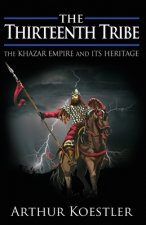
The Thirteenth Tribe
309 Kč -

My Promised Land
378 Kč -

Vanished Kingdoms
542 Kč -

Age Of Revolution
410 Kč -

Life and Death of Anne Boleyn
585 Kč -

Coming of the Third Reich
463 Kč -

Children of Ash and Elm
487 Kč -

Europe Between the Oceans
799 Kč -

Socialism Betrayed
478 Kč -

303 Squadron
463 Kč -

Ancient Celts, Second Edition
655 Kč -

Dancing in the Glory of Monsters
400 Kč -

Battle of Britain: Luftwaffe Blitz (Images of War)
655 Kč -
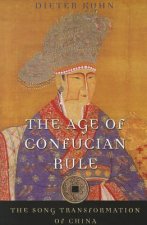
Age of Confucian Rule
851 Kč -

Beyond Band of Brothers
410 Kč -

Benjamin Franklin
410 Kč -

On China
487 Kč
Osobní odběr Praha, Brno a 12903 dalších
Copyright ©2008-24 nejlevnejsi-knihy.cz Všechna práva vyhrazenaSoukromíCookies


 Vrácení do měsíce
Vrácení do měsíce 571 999 099 (8-15.30h)
571 999 099 (8-15.30h)